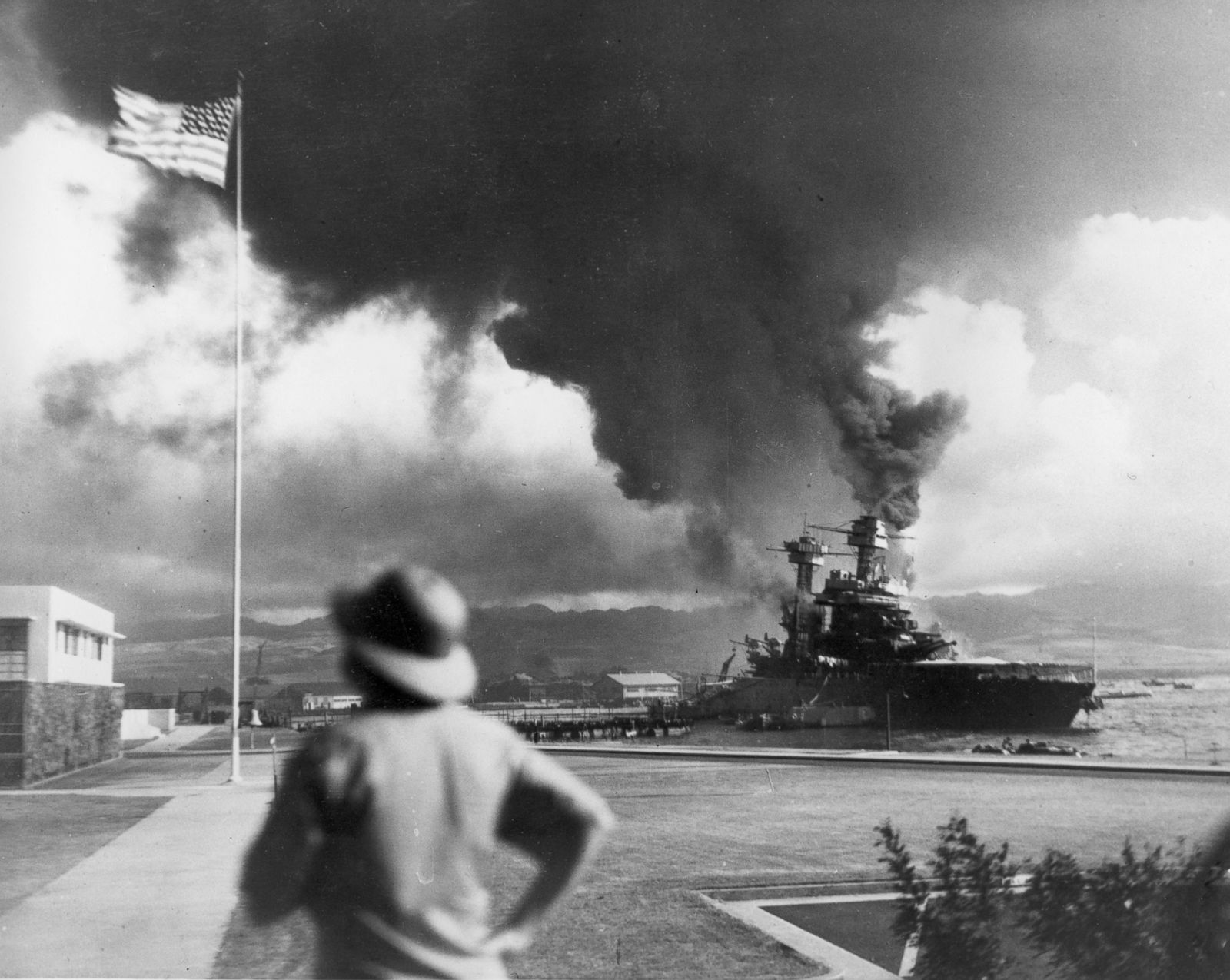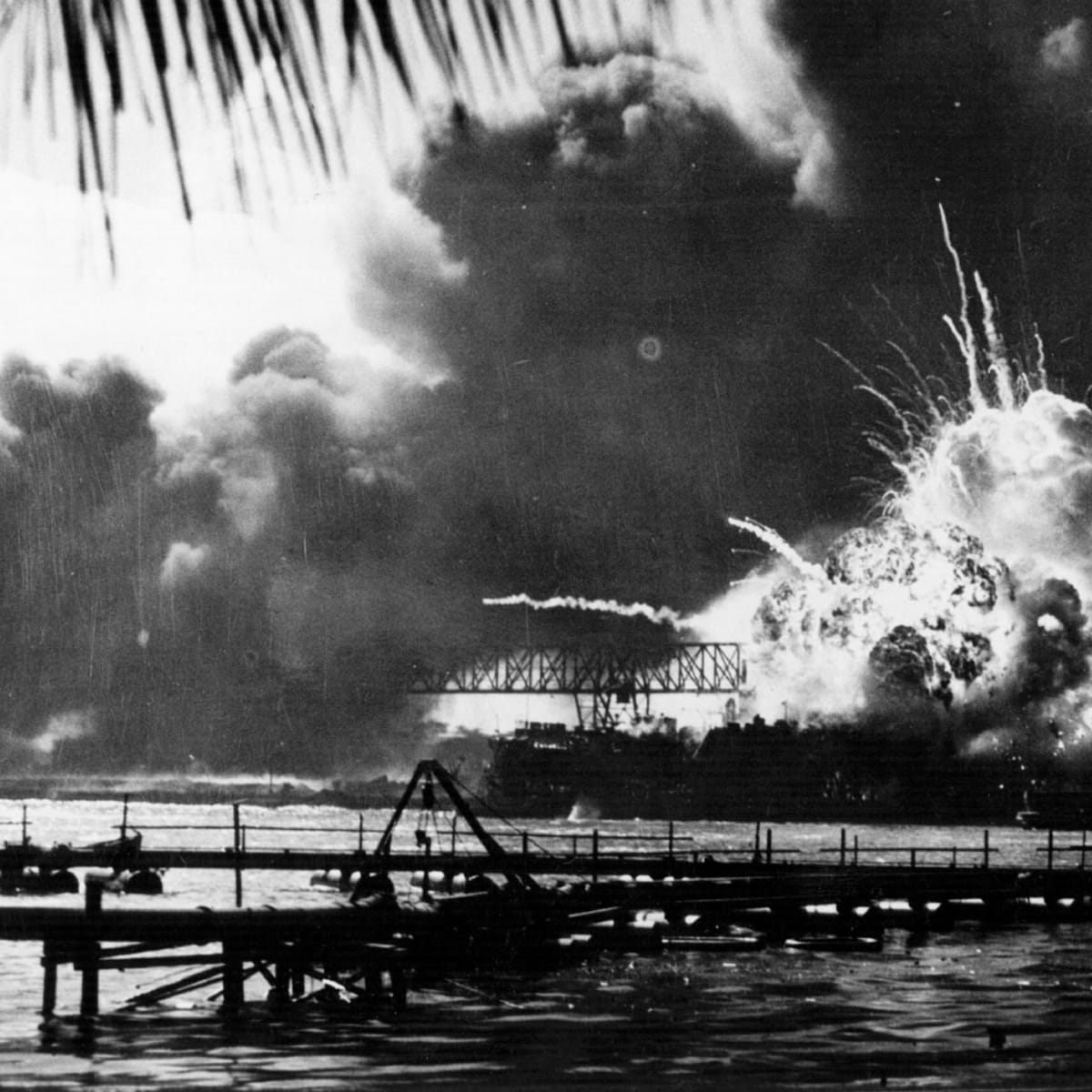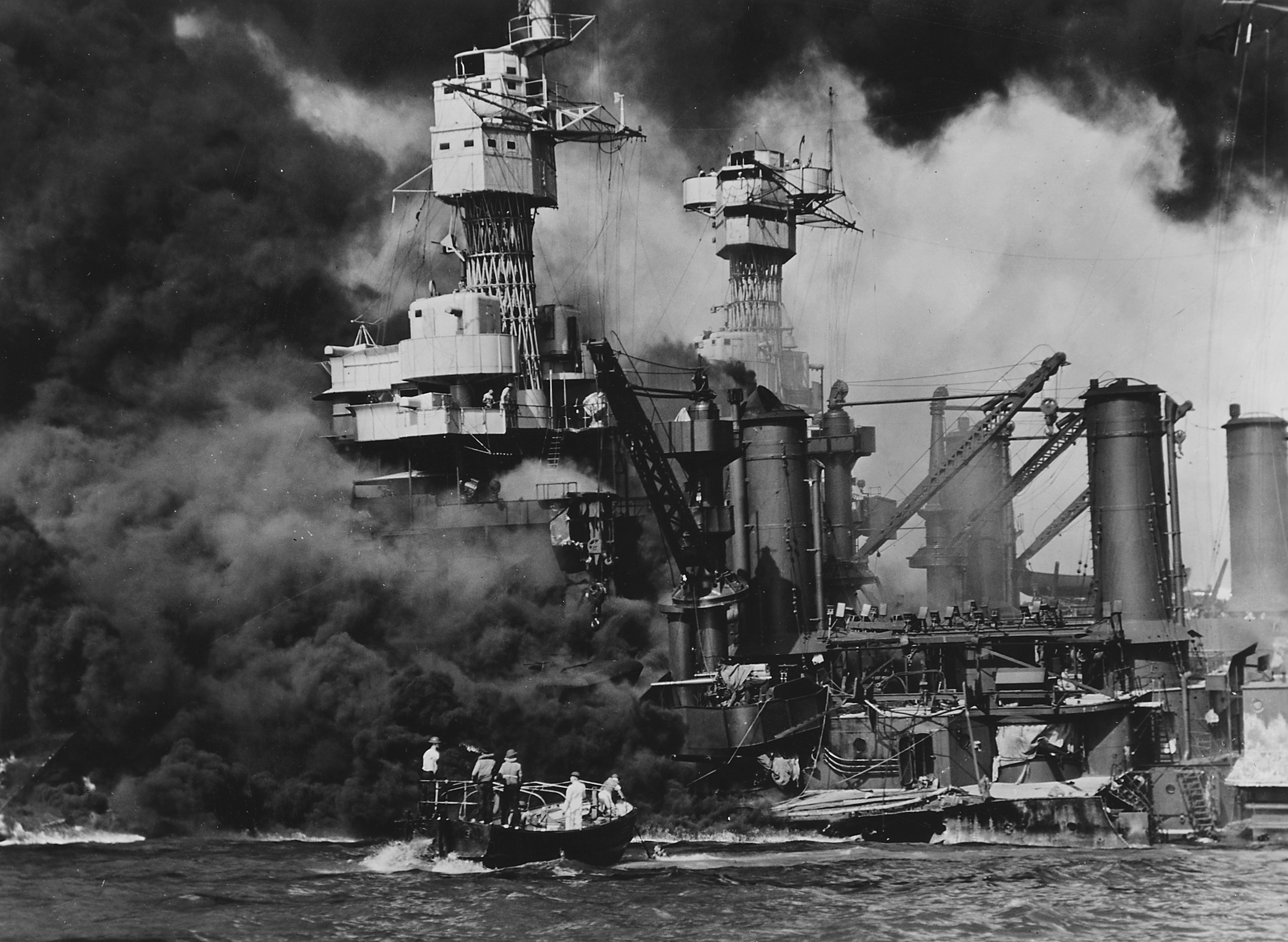

However, he was concerned that he would be court-martialed for circumventing Tyler. īelieving Lockard's report, McDonald intended to contact Wheeler Field. When Lockard again warned Tyler about planes en route to Oahu, Tyler told Lockard, "Don't worry about it." After ending the call with Lockard, McDonald asked Tyler if they should contact the plotters and notify Wheeler Field, Tyler again replied, "Don't worry about it".

When Tyler suggested to McDonald that it was likely a formation of B-17 aircraft coming from the continental United States, Lockard requested to speak directly with Tyler. Holding Lockard on the line, McDonald returned to Tyler at the plotters table, advising him of the urgency in Lockard's voice. More frantic than his colleague Elliot, Lockard warned that a large number of aircraft were headed quickly towards Oahu, covering the entire scope. McDonald relayed to Lockard Tyler's general lack of urgency. After returning to the switchboard, McDonald called Opana back and instead reached his friend, Lockard. Inexperienced in the Intercept Center's operations and on his second day on the job, Tyler downplayed the report. McDonald informed Tyler of the call from Opana. Īfter checking the time on the center's clock, McDonald saw a USAAC Lieutenant, Kermit Tyler sitting at the plotting table. Assuming he was the only one left at the center, McDonald replied that he did not know what to do since no one else was there with him. When McDonald indicated that the plotters had left, Elliott warned that a large number of planes were en route to Hawaii from the north 3 points east. McDonald received the call and Elliott requested the plotters. Elliot contacted the Intercept Center at Fort Shafter. Lockard then called his immediate supervisor, but was unable to reach him. Initially puzzled over the oscilloscope's pronounced reading, they confirmed that the radar was in good working order. Lockard and Elliot detected the formation 132 miles (212 km) out, close to their oscilloscope's 150 miles (240 km) display limit. More experienced in radar than Elliot, Lockard considered it highly unusual to see 180 planes showing up on his radar. Īt 07:02 Lockard and Elliot saw a massive formation of aircraft on the oscilloscope. The United States Department of War’s previous warning of a Japanese attack in the Pacific prompted the scheduling change. Since 27 November 1941, Lockard and Elliot staffed the radar from 04:00 to 07:00, a departure from their old 7:00–16:00 schedule. A third staffer, scheduled to be off-duty between 04:00 and 07:00, served as the station's regular motorman. Lockard served as the primary radar station operator Elliott served as the station's primary plotter and temporary motorman. Army third-class specialist and his colleague, Private George Elliott were manning their truck-mounted SCR-270 radar at the Opana Radar Site. Plot made early on 7 December 1941 by radar operators at OpanaĪlso at 04:00 Private Joseph Lockard, a U.S. After the radar plotters left the Intercept Center at 07:00 to eat breakfast, McDonald remained at his post beyond his 06:00 schedule until his shift replacement, Schimmel, arrived from breakfast. At 04:00 7 December 1941, USAAC radar plotters arrived to operate radars for their scheduled 04:00 to 07:00 shift. For several weeks, Intercept Center staff had been on high alert because military intelligence had not been able to locate the Imperial Japanese Navy's whereabouts. It utilized five radar systems located across Oahu. The center served as the tracking center for the US Army Air Corps (USAAC)'s radar monitoring, then a new technology. McDonald arrived for his 05:00 shift to relieve his tent mate and fellow staffer, Private Richard Schimmel, at Fort Shafter's Intercept Center. The radar had in fact detected the first wave of Japanese Navy aircraft about to launch the attack on Pearl Harbor. The report was dismissed by Lieutenant Kermit Tyler who assumed that it was a scheduled flight of aircraft from the continental United States. This information was conveyed to Fort Shafter’s Intercept Center.

On the morning of 7 December 1941 the SCR-270 radar at the Opana Radar Site on northern Oahu detected a large number of aircraft approaching from the north.


 0 kommentar(er)
0 kommentar(er)
